Today we go on a journey into the jungles of Samoa, where we will make a Samoan style Va’a Niue. While the Samoan va’a differs from the true Niue style canoe, they still share similarities. The Samoan style is larger, it’s thicker, and its tree choice is made often for the speed and ease of it’s creation.
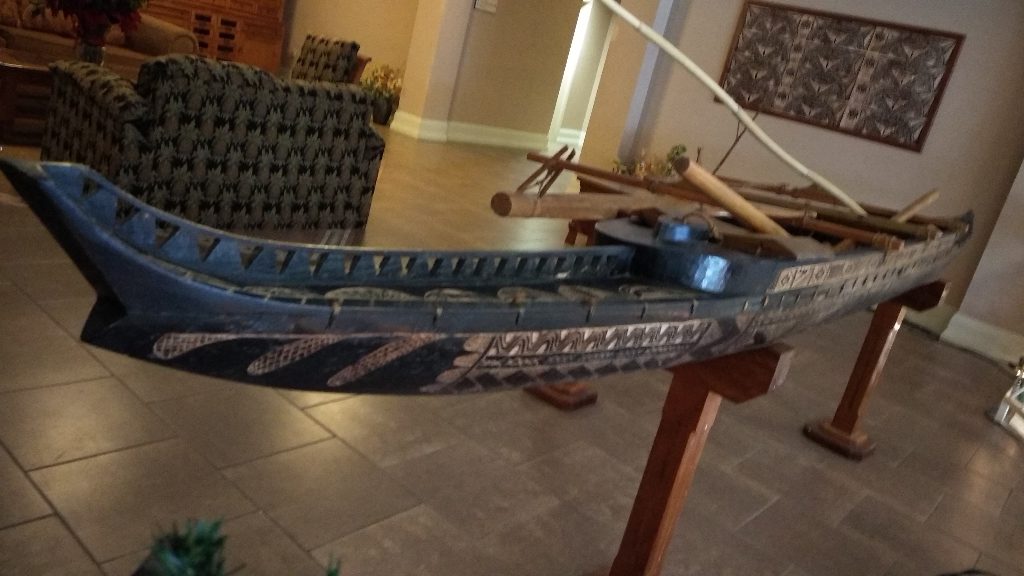
With modern tools the old stone axe, fire building, and stone adze is out the window. We still use fire but its in the form of gasoline and electric tools. We still use the axe and adze but metal ones are easy to sharpen and keep sharp. In sort the months of building a paopao (samoan for small canoe) is now a matter of days.
Fagaloa Bay has a rich history of war, particularly with war canoe. Most notably the history of the King of Tonga, his son, and his daughter who married into the area. As the story is told the son once returned to Fagaloa with 100 war canoes (we guess approximately 2-5 hundred men). They traveled through the districts from the sea side and killed many men in their wake. It is speculated that many of these men stayed in the area and continued to build and pass on the the skills of canoe building; where our journey begins.
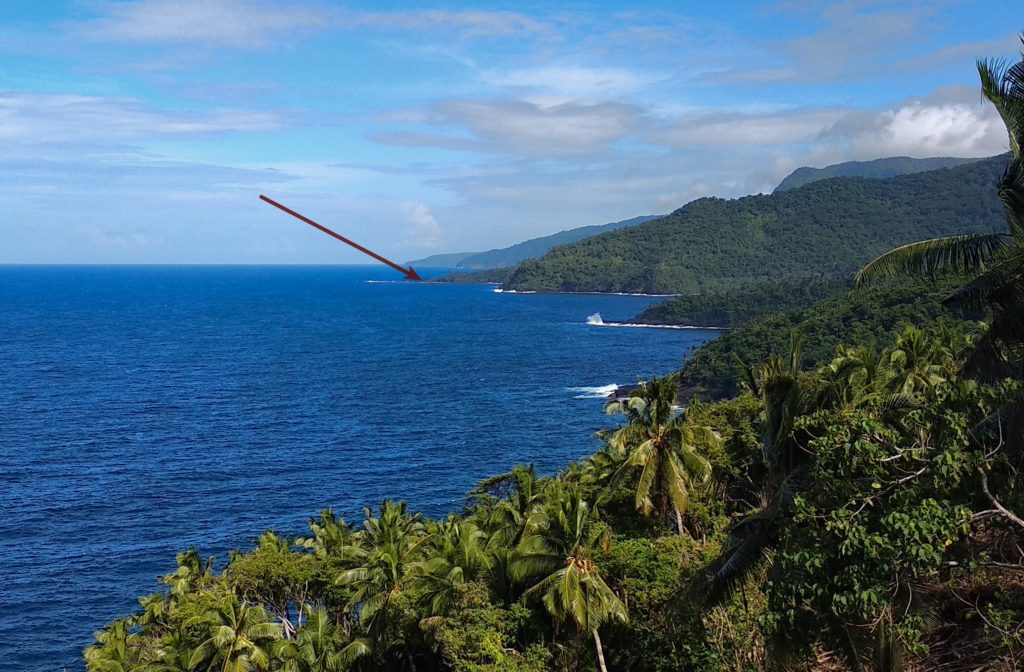

Welcome to Fagaloa, nah, not quite. Its down this mountainous coast line, where the road is barely a car and a half wide, buses are rare but drive fast, and the dirt has given way to the rainy season leaving rock, ruts, and holes in its wake. No rush, its island time. Avamua and Seumalo know we have come a long way and are excited for the opportunity.
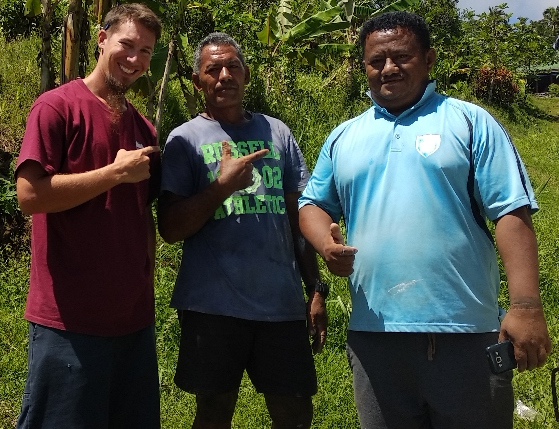
We selected a tree. Its a tamaligi (Falcataria moluccana). A fast growing stringy softwood that is fairly light, floats well and is fairly bug resistant. This wood is often used for firewood and pallet making but traditionally known for its canoe uses. The tamaligi is not considered a native species to the islands, however, the island use for boat building seems ideal. In American Samoa, they attempted to eradicate the tamaligi because the roots enrich the soil with nitrogen which, in excessive quantities, is poisonous to other plants. In some areas they use the tree to complement agriculture by providing nutrients for crops.
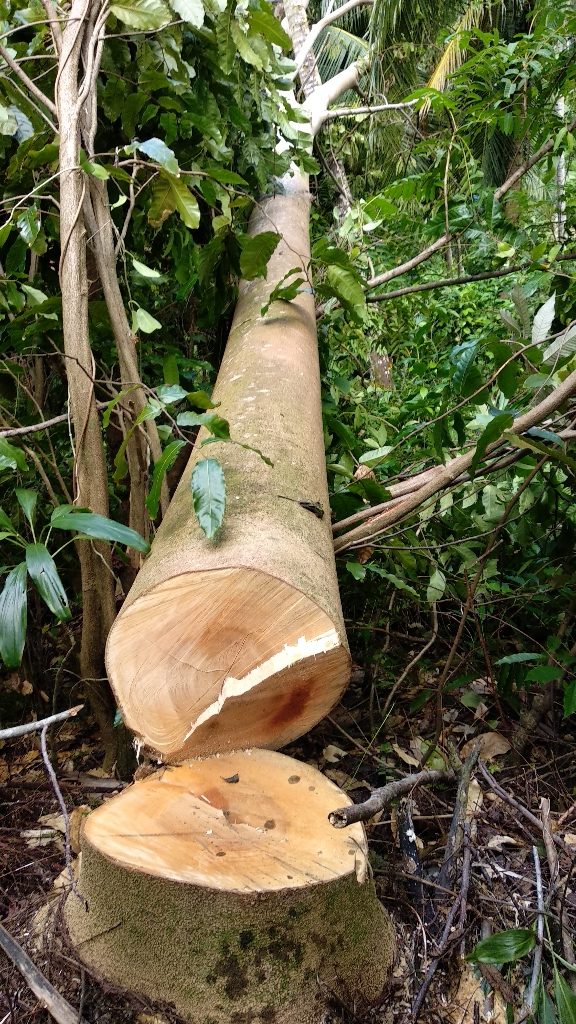
The tree trunk had a slight bend in it. The master carvers correct these features as it is shaped, being watchful for all sorts of other imperfections that can affect the boat as it gets completed. Knots, water rot, bug rot, are just some of the things that are handled during the project.
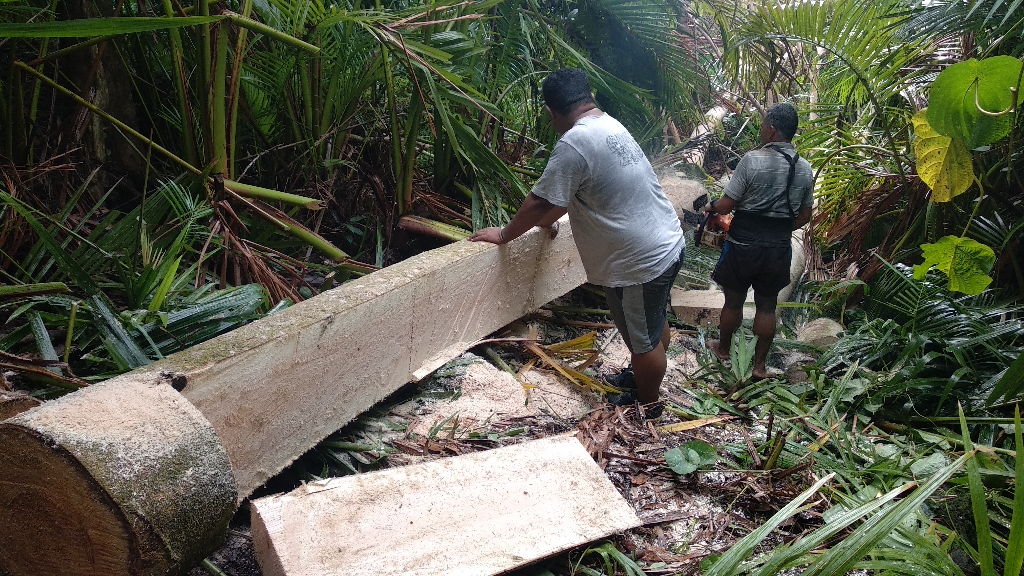
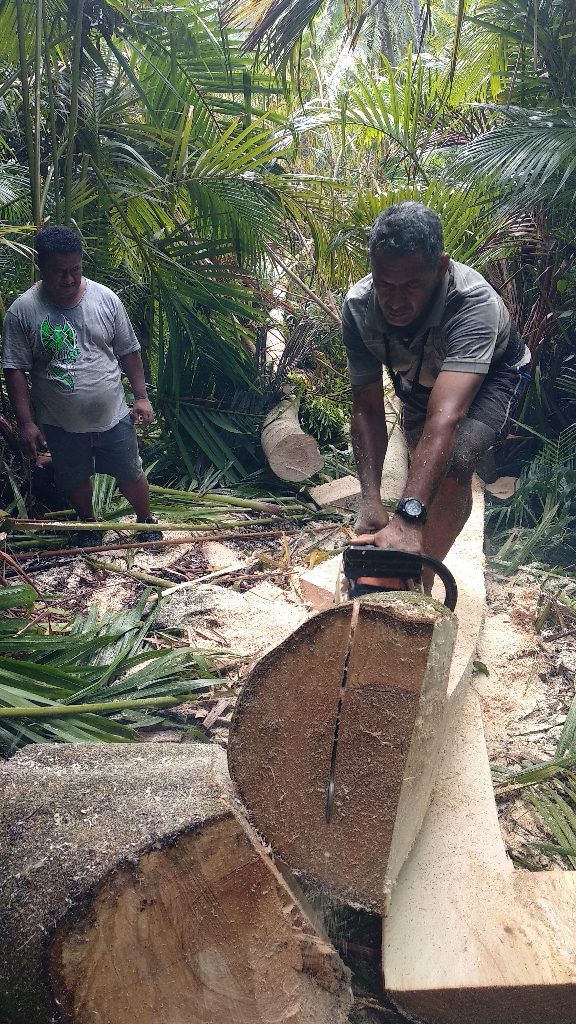
Once much of the excess wood was shaved from the hull with the chainsaw we outline the internal shape. That top rim is left thick as it becomes the ridge line for the seat. A smaller 6″ chainsaw is used to cut squares into all of the wood that is going to be removed. The hull not much different then this, was carried down from the mountain.
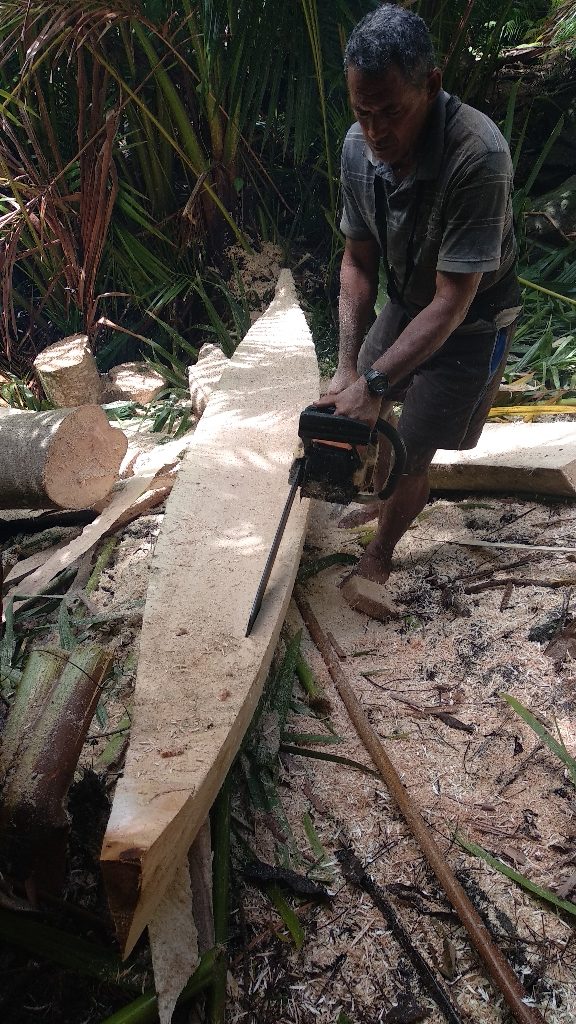
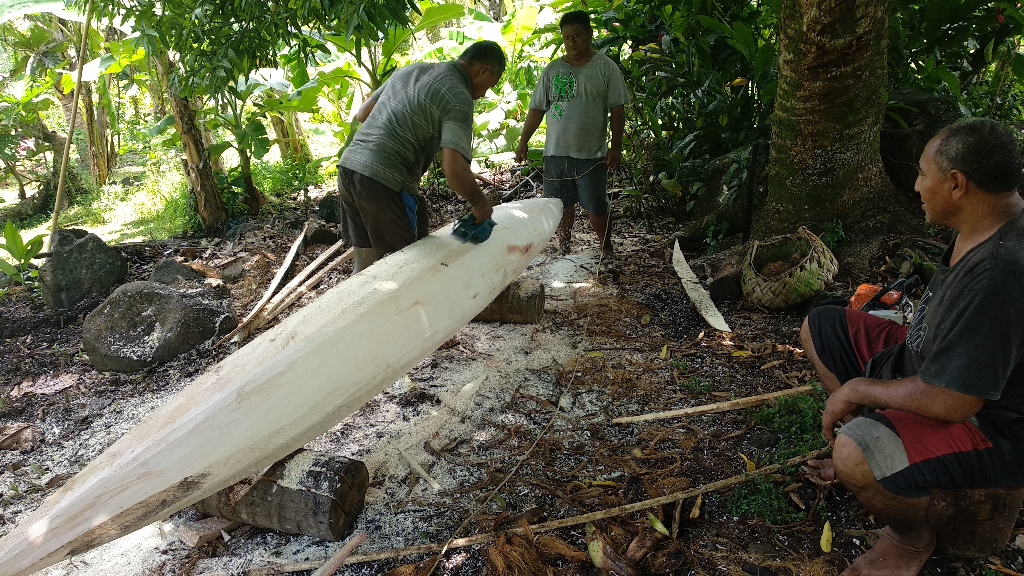
Planing. The outside of the hull was still bumpy and uneven from the chainsaw. We took an electric planer to smooth out the hull giving it a more finished look and feel. This is important as we are about to clear out the material and do not want to make the boat so thin that it becomes weak.
Chopping. You can see a bit of the checkerboard remnants in the bottom with large chunks and squares seen in the debris. There is still quite a bit of wood left to remove as we move into the hardest part of the project.
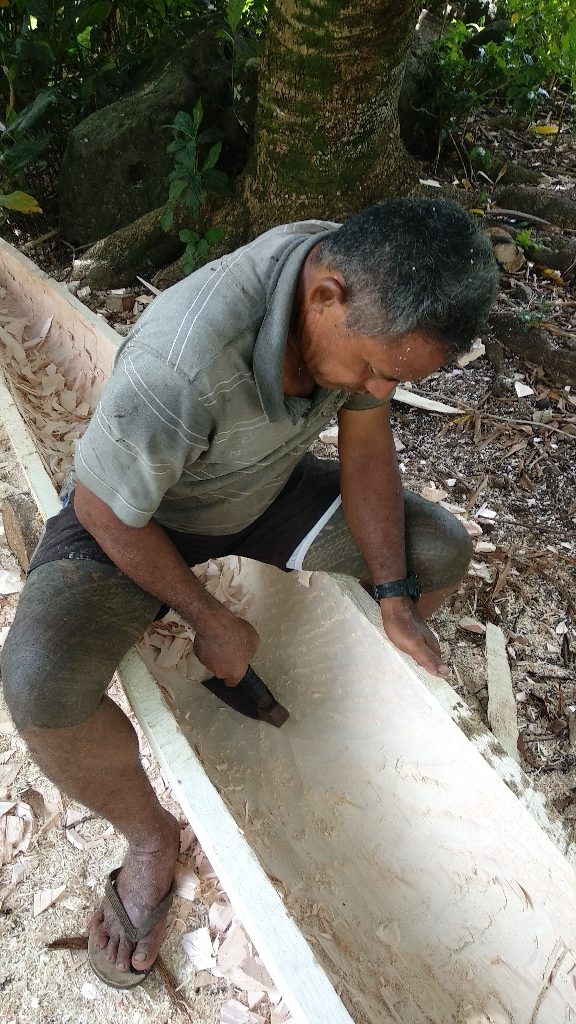
The Adaze. This part of the project requires the most skill. While the chainsaw could make bad mistakes very quickly. The adaze is a fine balance between too little or too much material removal. Too deep and you’re going to make a scar that you have to work out by removing the material around it. Too shallow and its going to take all week. Just the right angle removes just the right amount of material with the minimal amount of effort.
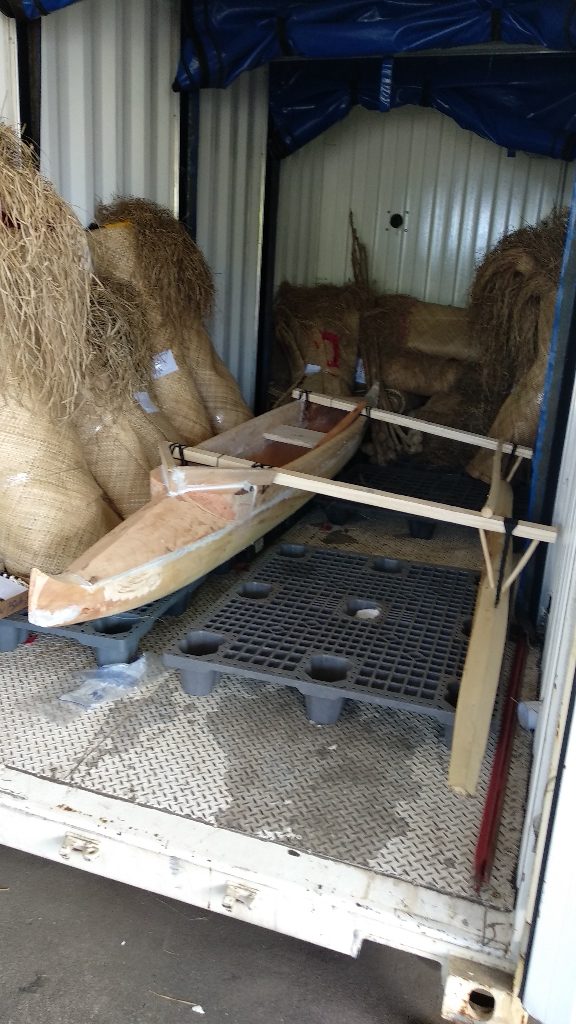
Now that the hull is finished, four pieces need to be made to fit, and the ama is made. This was done in a similar fashion starting with cuts of the tree, and shaped with the chainsaw. Then the planer is used to smooth out the cuts, or the adaze is used to hollow out the stern and aft covers. Unfortunately this day is undocumented, as I had to line up the flat bed rental, and the shipping process and documentation requirements. I also picked up heavy nylon cord used by the tuna fleets for net repair. The durability makes it an improvement over the traditional coconut husk rope.

Rent the dyna (flatbed), drive out, and have a meeting to praise the event, the workmanship, and the support. These two joked that the va’a could not hold two people but probably my whole family. At the time I think that was accurate, but my teenager is filling out quick. We pay these two masters for their hard work and run to route the paperwork to make the evening shipment to American Samoa. This is not an easy process, particularly when your driving a flatbed with the paopao. Out of respect of the relationship, we left this price out. Feel free to reach out if this is something your interested in, and they will give you a price based on the current status. Lots of factors go into this, the type of boat, the amount of trees, the tools, the help, the remoteness, among other factors.
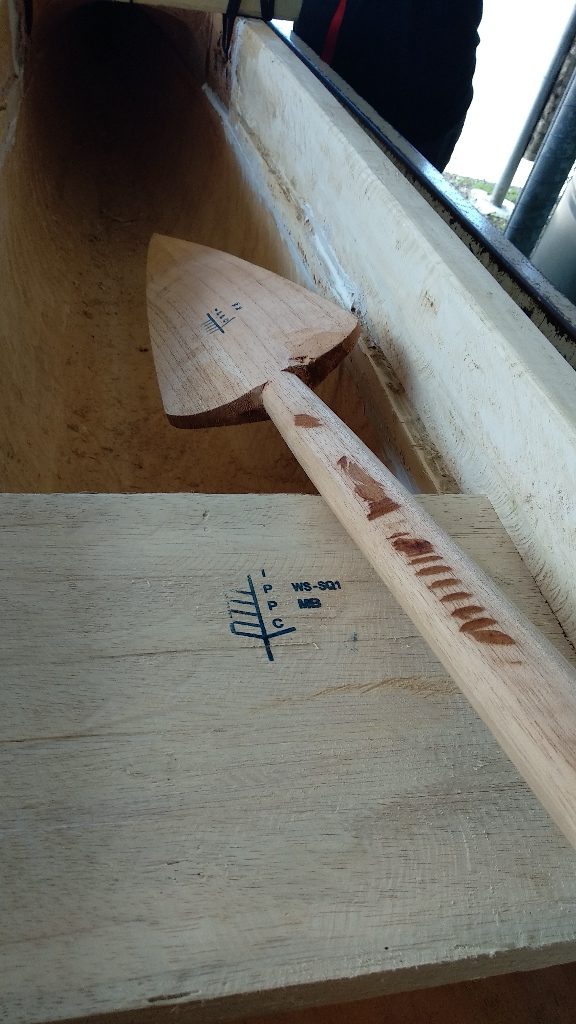
The port closes at 4pm and with a true 24hour Fumigation it may be that the truck rented would need to be for two days instead of one as quoted. Fumigation may be cheaper due to this proper order; we attempted to bribe the fumigator to put the boat in with another load that was a 2 hour fumigation so that we could load the boat before the port closed. The entire export for us cost 737 Tala. I jumped on a plane early the next morning and arrived just in time for the offload of the MV Lady Naomi in American Samoa. There you produce your paperwork, with the Phytosanitary Certificate for customs and your free to pick up the load if no import payments are pending. We loaded her on the truck and took her home to Aunu’u.
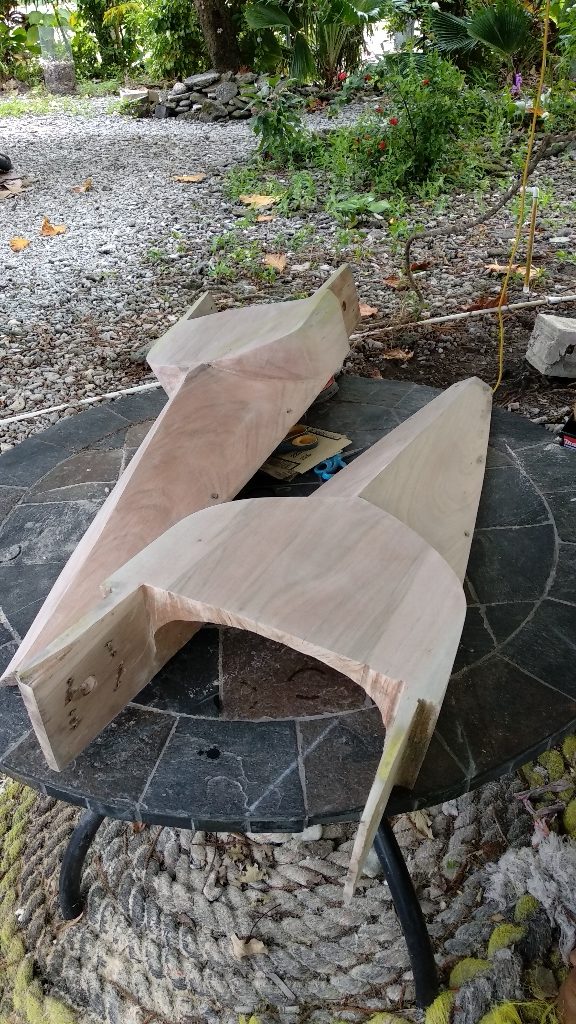
Once home, I tore the boat back into its beautifully crafted parts. In an attempt to leave all the wood as close to its original work I hand sanded the areas of intense crasftsmanship. For the most part we sanded down to 220, but with the cap work we took it to 500. This reduces the amount of coats needed in the finishing varnish work.
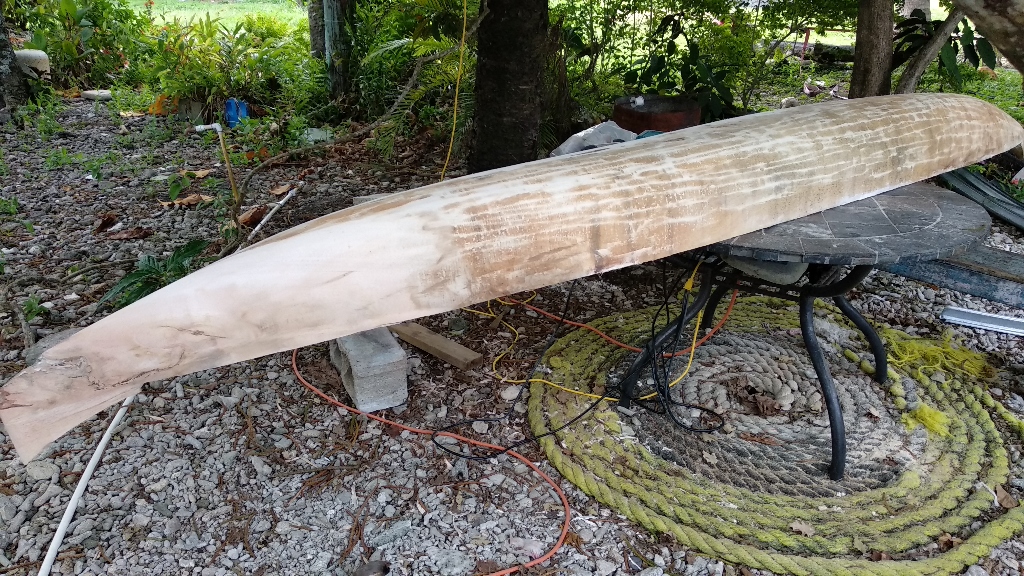
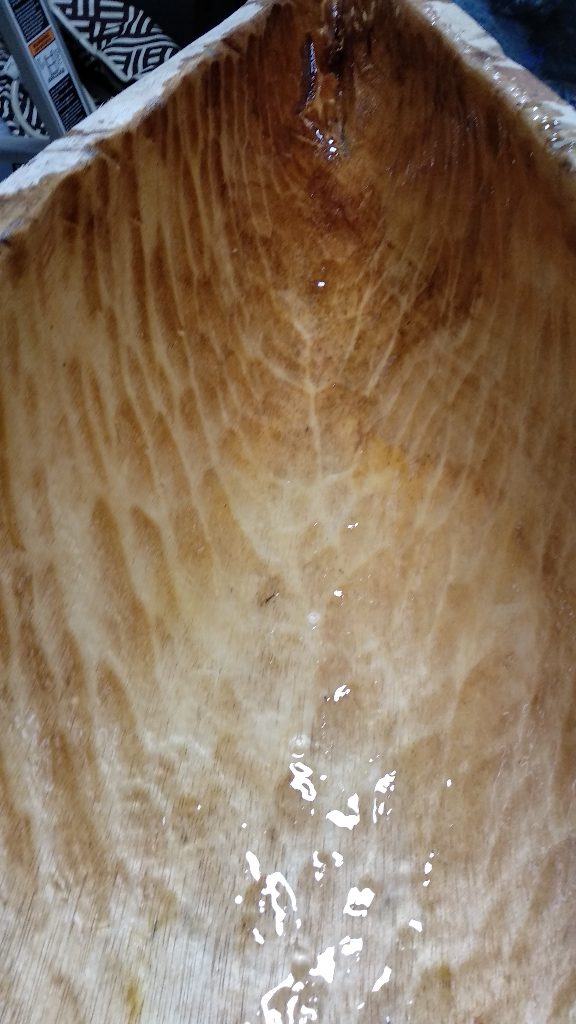
With a two part pour on epoxy we resin coated the entire project. This will help prevent cracking, rot, bugs and other deterioration. It also gives a clean shiny look to the immense amount of artistry that went into the project. Pulling all the nails allowed us to reassemble with stainless steal hardware.
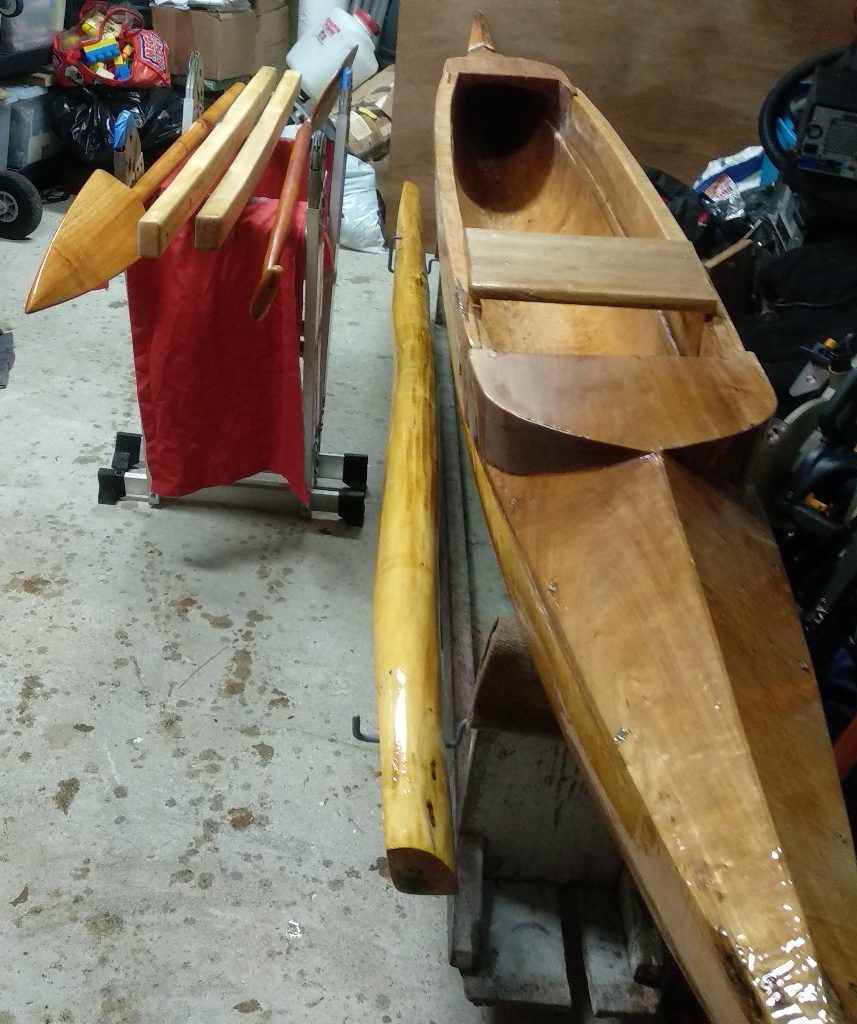
We retied the ama, set fishing rod holders and put her to work. In Niue this is built as a one man lift canoe, but with our resign and larger design this is a solid two man operation. Particularly with our 200 yard gap to the sea.
One of the unexpected notions that goes into the outrigger style canoe is the precision that is put into setting the ama. Based on its angle in the water, the weight distribution when at plane, as well as its distance and angle from the body of the canoe, all become factors into the smoothness and straightness of the ride when paddled at full speed.
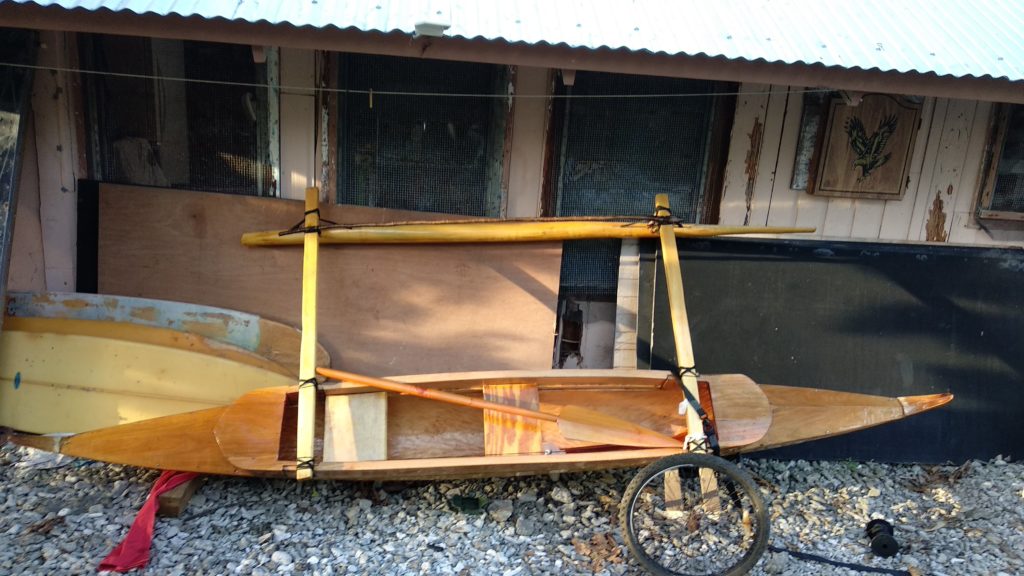

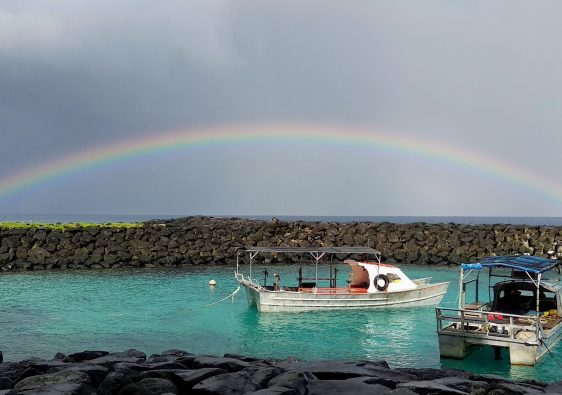
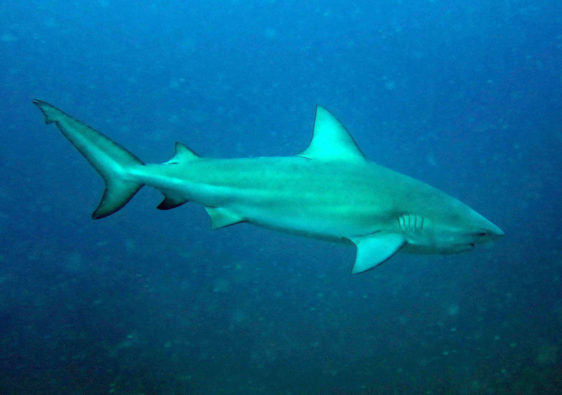
This is awesome. Hope somebody found this site as reference for surfing. Don, is a nice and cool guy as I know, once you know him in a first place like a hermitage, but he is a tech guy known as surfer guy.